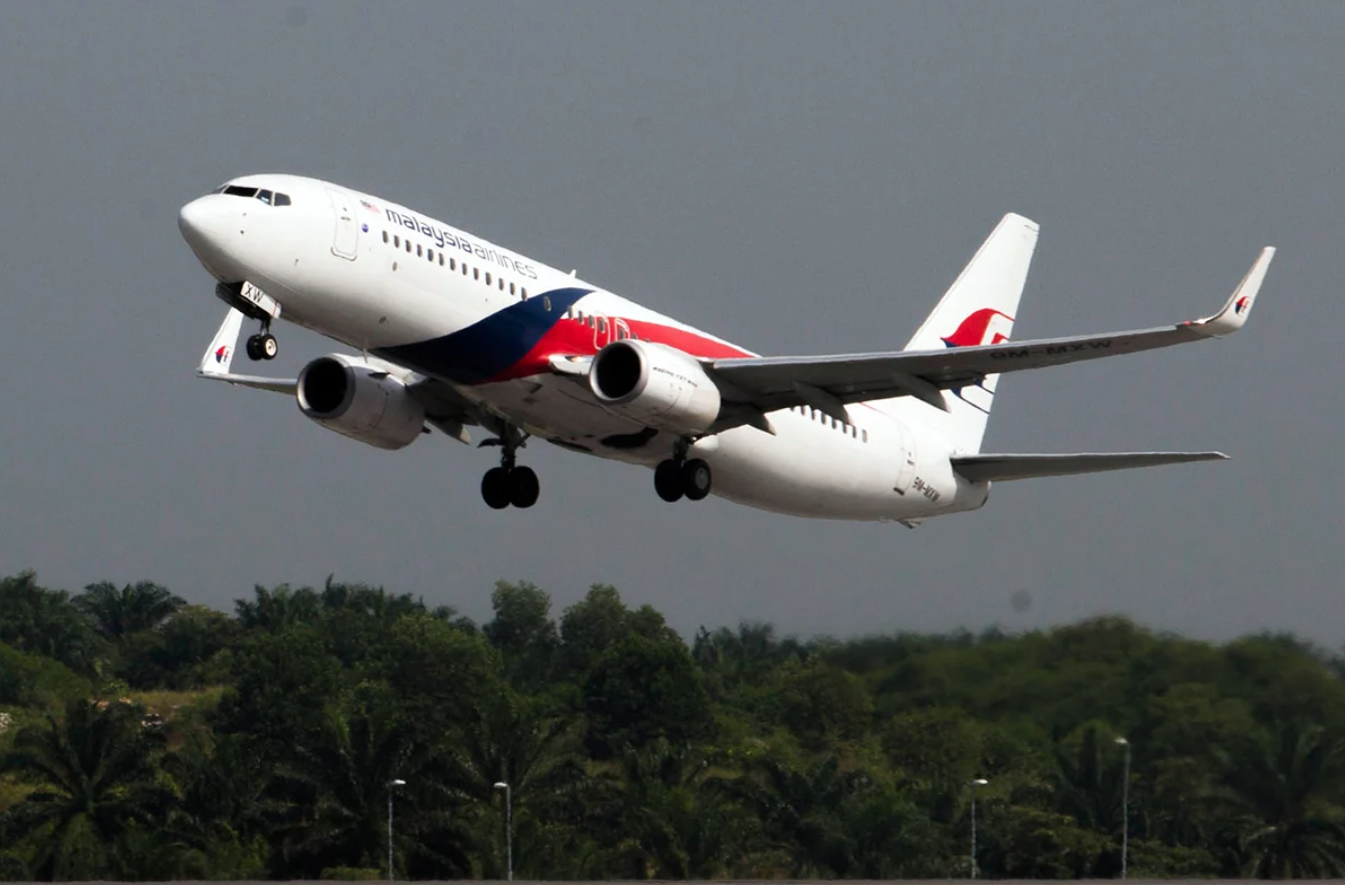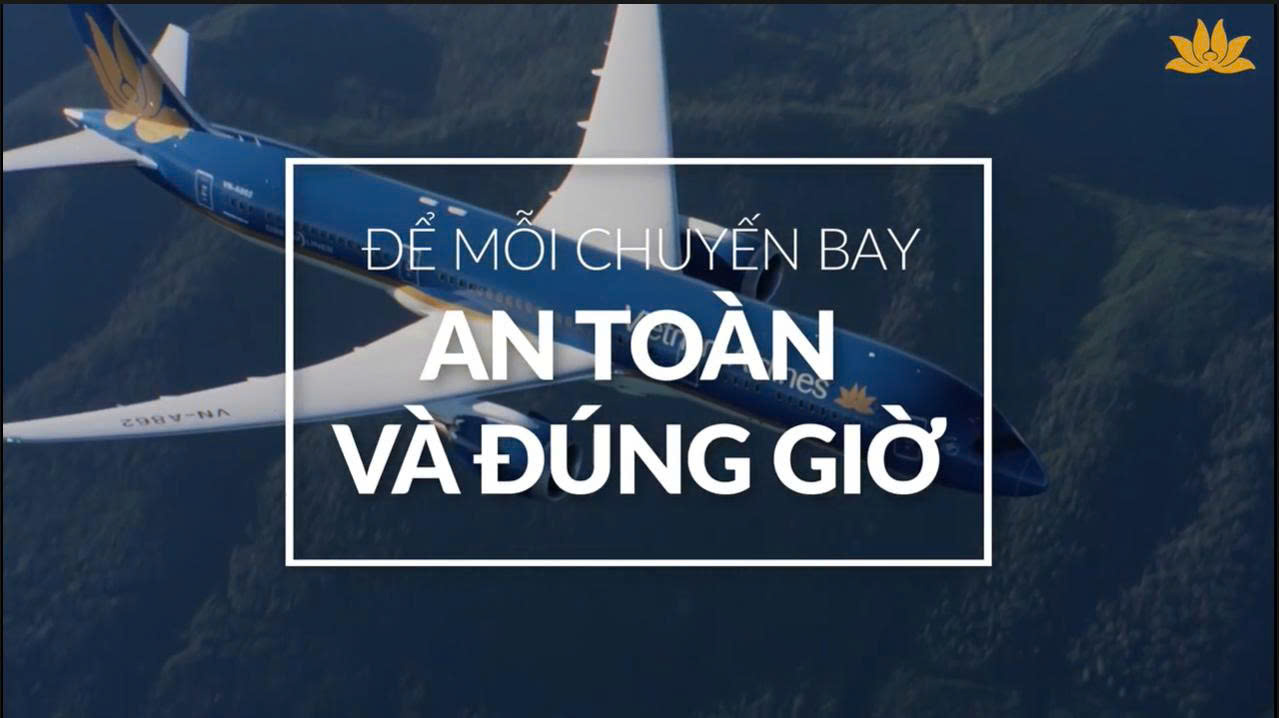The national airline, which restructured after two deadly crashes in 2014, has a new plan involving big discounts from creditors, but unlike last time the cash-strapped government is unwilling to bail it out.
 Malaysia Airlines’ survival in doubt as political support dims. (Photo: Malaysia Airlines)
Malaysia Airlines’ survival in doubt as political support dims. (Photo: Malaysia Airlines)
How long has it been in trouble and why?
The airline has been loss-making for about a decade. Losses were aggravated by two tragedies in 2014 — the mysterious disappearance of flight MH370 and the shooting down of flight MH17 over eastern Ukraine.
In the price-sensitive domestic market, it faced rising competition from low-cost rivals AirAsia Group Bhd and Malindo Air, an offshoot of Indonesia’s Lion Air.
In the international market, cashed-up Gulf carriers Emirates, Etihad Airways and Qatar Airways used the heft of their global networks to encroach on lucrative long-haul routes. Budget rival AirAsia X Bhd, now itself in financial trouble, offered discounted fares on routes within Asia.
How did it restructure previously?
State fund Khazanah Nasional became the sole shareholder of its parent company and delisted it in 2014 as part of a US$1.5 billion restructuring that saw its staff numbers cut by 6,000, or about 30%. It targeted a return to profit in three years, but it has not been profitable yet.
Analysts and lessors say the airline has been beset by high costs, a messy strategy and a bloated workforce even after the restructuring.
“We’re at this stage because the airline has run out of money, run out of ideas and the government seems to have run out of patience with it,” said Shukor Yusof, an analyst at Endau Analytics.
Before the pandemic, the government was seeking a strategic partner to invest in the airline but those plans fell apart as interested parties such as Air France-KLM and Japan Airlines were hit by a collapse in revenue in their home markets.
What is the government’s position on funding?
Finance Minister Tengku Datuk Seri Zafrul Abdul Aziz said last week the government will not provide financial relief or debt guarantees, raising questions about the airline’s fate.
National Union of Flight Attendants Malaysia (Nufam) president Ismail Nasaruddin termed the finance minister’s statement “irresponsible”.
“As a government you should be able to show some sense of responsibility,” Ismail told Reuters on Tuesday. “It’s damaging (to) morale (and) confidence. People don’t trust you now.”
Any support measures for the carrier will need to be addressed by Khazanah, Tengku Zafrul said last week.
Tengku Zafrul is a director of Khazanah’s board, which is chaired by Prime Minister Tan Sri Muhyiddin Yassin, who is struggling to hold on to power.
Reuters reported last week that Khazanah has warned leasing companies it will stop funding the airline group and force it into a winding down process if restructuring talks with lessors are unsuccessful.
What are the creditors and lessors saying?
A group of leasing companies claiming to represent 70% of the airplanes and engines leased to Malaysia Airlines have rejected its plan, calling it “inappropriate and fatally flawed”. The airline group has said it was pleased with the level of support from lessors but warned it will have to shut down if they don’t back the plan.
The airline, which has a fleet of 88 planes, leases aircraft from about a dozen leasing companies, including Avolon, Aercap, BBAM, Air Lease and Standard Chartered’s leasing arm. All of them declined to comment, while another lessor SMBC Aviation did not respond to a Reuters query.
What happens if there’s no deal?
Under a “Plan B” scenario, Khazanah would inject funds into Firefly, an operator of 12 turboprops that is a fully owned subsidiary of Malaysia Airlines’ parent.
According to a document seen by Reuters, Firefly would obtain narrowbody planes and subsequently widebody aircraft from the market. Lease rates have fallen sharply due to a lack of demand from airlines.
Before the pandemic hit, Malaysia Airlines had pushed back its order for Boeing Co 737 MAX jets and industry sources said it was considering smaller planes such as Airbus SE A220s or Embraer SA E190s.
“It’s quite clear that the future of Malaysia Airlines has to be a very smaller airline if it has any chance of surviving,” said one leasing executive.
Cre: The Edge Markets
Nguyen Xuan Nghia – COMM










